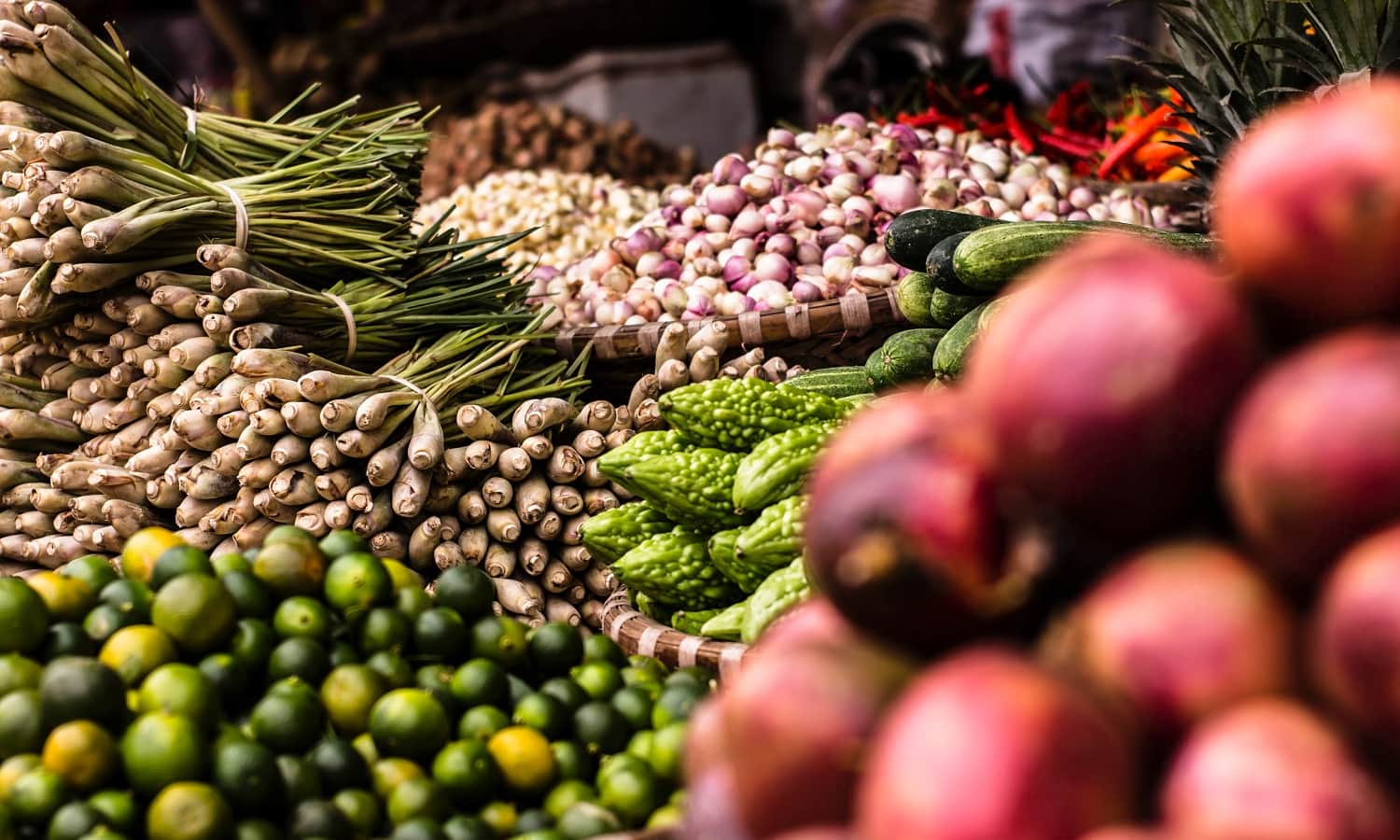India farmer Amit Gupta, who grows crops on seven acres in the state of Haryana, knows firsthand how food cold chains can transform lives and livelihoods.
For years, he and his wife, Seema Gulati, grew only staples such as potatoes, carrots, and onions at their farm, and at harvest time—having no access to refrigeration—they were forced to accept low prices in glutted local markets. Then in 2014, they took a cold chain training course and invested in cold storage equipment.
Now, with a 30-ton cold storage unit, a 60-kilowatt solar system, and three refrigerated vehicles, Elle Farm is growing high-value mushrooms that are being sold over 100 miles away in supermarkets in Delhi and Gurugram. The farm’s sales have tripled, to US$62,000 a year, and its net income has doubled. The couple is looking to expand to markets in Mumbai and Bangalore, which could double their revenues again.
“For years, we were barely breaking even because we had no way to refrigerate our crops and sold everything locally at low prices,” Gupta told Food Tank. “Now we’re selling in bigger markets where prices are exponentially higher. Cold chains were especially helpful for growing specialty mushrooms, like Cordyceps militaris.”
Elle Farm illustrates the vast upside of providing cold chain solutions to small rural farmers who grow most of India’s food. But, according to a recent report by the Shakti Sustainable Energy Foundation, the government’s ambitious food cooling strategy is shortchanging small rural farmers while focusing too much on large-scale cold-storage capacity that most farmers cannot afford. The report calls for a bigger focus on integrated cold chains—temperature-controlled supply chains—that can better serve farmers by reducing crop losses and improving access to markets.
“Attention has been focused on cold storage rather than cold-chains as a whole,” says the report, Promoting Clean and Energy Efficient Cold-Chains in India, based on dozens of interviews and extensive field visits with farmers in the states of Haryana, Punjab, Maharashtra, and Karnataka. “In several states, current policy is to create large cold-rooms instead of locating smaller cold-rooms or pack-houses close to farms, which would enable better use of storage.”
The report makes clear that India has a big cold storage challenge. Only four percent of the country’s produce moves through cold chains—a big reason why food losses are as high as 40 percent for some crops. These losses have public health implications; 200 million people in India—15 percent of the population—are undernourished, according to a 2018 FAO report.
India’s government is focused on the issue. Cold storage access is a key pillar in Prime Minister Narendra Modi’s ambitious target to double farmer incomes by 2022. India is also the first country in the world to launch a National Cooling Strategy.
The government is providing subsidies, grants, loans, and training to help farmers, farmer organizations, and private businesses invest in cold chain logistics, including pack-houses where perishable crops are stored, ripening chambers, and refrigeration vehicles. The biggest gains have been in new cold storage capacity; last year, the Union Ministry of Food processing reported a near 50-fold jump in cold storage projects receiving government support.
But these advances come at a cost in terms of rising energy demand and climate pollution impacts. Conventional cooling technologies, such as freon-based compressors and diesel-powered generators and trucks, are energy intensive and have a high carbon footprint. The India Cooling Action Plan, released in March, predicts that energy consumption from the nation’s cold-chains will nearly triple in the next two decades, jumping to 212 Terawatt hours (TWh) from 71 TWh in 2017. That increased demand is equivalent to the electricity from about 30 full-sized power plants, many of which would likely be powered by high-polluting coal.
To avoid such a scenario, the report calls for using cleaner, more efficient cooling technologies, such as thermal energy storage, low ammonia charge systems, and closed-loop systems, which could cut future energy demand in half. It also calls for expanded use of off-grid renewable energy technologies, including solar thermal and PV systems and waste recovery heat systems.
“We must build cooling capacity while demonstrating the efficiency of new technologies that people will be able to use easily and affordably,” said Toby Peters, a clean cooling expert at the United Kingdom-based Birmingham Energy Institute, which helped produce the report.













